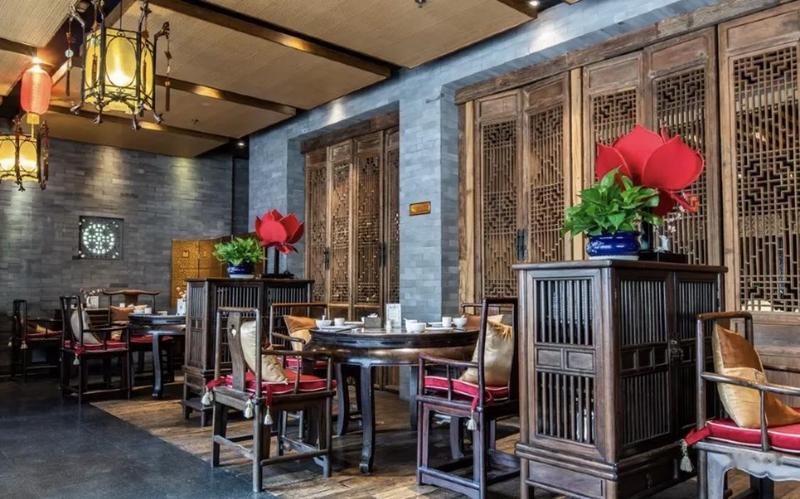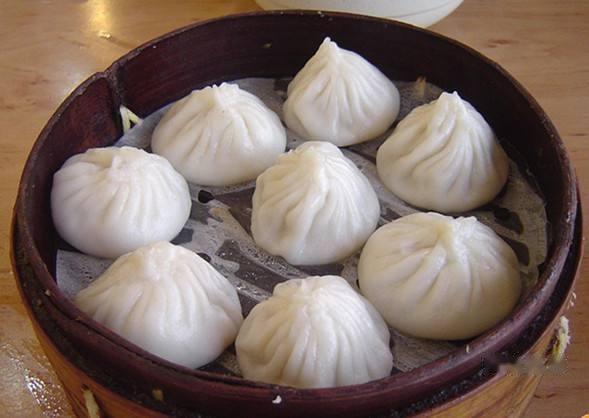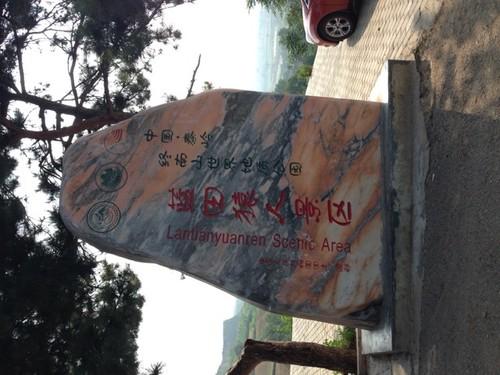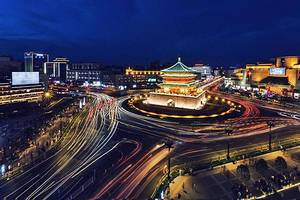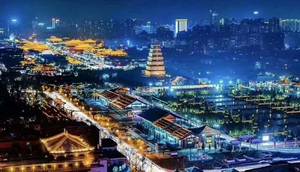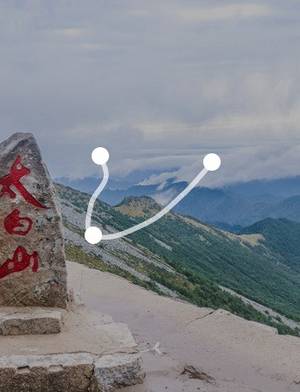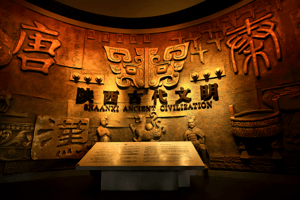Visiting the filming location of "White Deer Plain" in Lantian County
3 cities |
11 attraction(s) |
total distance 338
km
 TIPS
TIPS
Day1
Day2
Day3
Day1: Xi'an > Weinan
5 attraction(s) ·
143 km
2
The largest cultural theme park in the northwest region, with the largest collection of Tang-style architecture in China.
9
km
3
A restaurant specializing in Shaanxi cuisine is located on the bustling Dongdajie street in the center of Xi'an. The interior decoration is exquisite, with a magnificent hall and many private rooms of different sizes, all splendidly decorated. The Shaanxi-style dishes in the restaurant are delicious, especially the Huluji, Liangpi, and Roujiamo, which are cooked to perfection.
4
km
4
Anyuan Gate is the northern gate of the Xi'an City Wall. It was built during the Ming Dynasty and originally named Anyuan Gate. During the Xinhai Revolution, the rebel army attacked the city and the north gate tower was burnt down in the battle.
120
km
5
Huayin Huaxin International Hotel is located at the foot of Huashan Mountain, in the middle section of Huayue Avenue. The hotel is located near Huashan North Station of Zhengxi High-Speed Railway in the north, and Huayin exit of 310 National Road and Lianhuo Expressway (formerly Xitong Expressway) in the south. It is also not far from Huashan Baolian Lantern Ecological Square Visitor Center. Shaanxi Imperial Palace, Xiyue Temple, Yuquan Courtyard, and Xianyu Xianjing are all within close proximity. The hotel has 24-hour on-duty patrols inside and outside, as well as a comprehensive security monitoring system. The guest rooms are well equipped and offer butler-style service. The self-selected shopping center offers local specialties, tourist souvenirs, and travel and mountaineering supplies for Huashan. The hotel provides pick-up service at Huashan North Station, which needs to be contacted 2 hours in advance. If pick-up service is not available, customers can present taxi tickets to the front desk for reimbursement on-site.
Day2: Weinan > Shangluo
4 attraction(s) ·
167 km
1
Mount Huashan is located in Huayin City, Weinan, Shaanxi Province. It is renowned both nationally and internationally for its beautiful scenery and challenging trails. As one of the Five Great Mountains, it is strategically positioned at the gateway to the northern regions of China. With abundant resources, unique landscapes, and rich cultural heritage, it is considered a sacred site for the Taoist Quanzhen sect and worshipped by the Han Chinese as the god of Mount Huashan. Mount Huashan has 72 perilous caves and over 20 Taoist temples, including Yuquan Temple, Dulong Temple, Dongdao Temple, and Zhenyue Palace, which are recognized as key Taoist temples in the country. The name "Huashan" has various origins, but generally, it is said that the mountain's peaks resemble blooming flowers, hence the name "Huashan."
2
km
2
Taste is good, portion size is large, and the environment and service attitude are very good. The cost performance is also relatively high. After finishing the meal, continue to explore the scenic area within Mount Huashan.
163
km
3
Business in Shangluo is thriving, with a history of over twenty years. Barbecue is the main focus, but they also serve stir-fried dishes. The restaurant has four floors and private dining rooms. It is especially crowded at night. The barbecue flavor is uniformly strong, but the serving speed is fast. Overall, it is very good with excellent service. The grilled lamb is not overly salty, highlighting the natural flavor of the meat. The grilled fish is also tender and flavorful.
4
km
4
The Shangluo International Conference Center is located on Shangyang Avenue, near Nanqin Bridge. It is surrounded by complete dining, entertainment, and other lifestyle facilities, with convenient transportation. This is a crystal garden-style hotel designed according to star-rated standards. Amenities include heating, 24-hour hot water, non-smoking rooms, broadband, hairdryer, air conditioning, laundry service, wake-up service, international long-distance telephone, free domestic long-distance telephone, free local telephone, and luggage storage.
Day3: Xi'an
2 attraction(s) ·
29 km
1
Bring your own lunch or get snacks inside the scenic area.
29
km
2
Lantian Homo erectus site is a national key cultural heritage site, including two locations: Gongzhuling in Lantian County and Chenjiawo. It was excavated from 1964 to 1966. According to paleomagnetic dating, the geological ages of the two locations are at least 750,000-800,000 years and 530,000 years ago, respectively. In the Gongzhuling site, a female skull fossil, estimated to be around 30 years old, was found in the early Pleistocene red soil. Its brain capacity is 778 milliliters, more primitive than that of the Peking Man, and named Lantian Man. Fire sites were also discovered at the site. The stone tools found there are mainly made of quartzite and vein quartz. They include pointed tools, multi-sided or single-sided chopping tools, scraping tools, stone balls, etc. The processing techniques are rough and the shapes of the tools are irregular. Forty-two species of mammal fossils were found, including some species from the central southern region. In Chenjiawo, a fossil of an elderly female mandible, similar to the Peking Man, was found and named as the Lantian Man Chenjiawo subspecies. A batch of stone tools and 14 species of Pleistocene mammal fossils from the North China region were also unearthed there. Located in Gongwangling, Lantian County, about 50 kilometers from Xi'an, it is one of the birthplaces of Chinese humanity and belongs to ancient ruins. In 1963, the Paleovertebrate Archaeology Team of the Chinese Academy of Sciences discovered a fossil of an elderly female jawbone and stone tools near Chenjiawo Village in Lantian County. In 1964, during the excavation of Gongwangling, a skull fossil of the Lantian Man was found, showing more primitive features than the Peking Man. Lantian Man is the most important human fossil discovered in China after the Peking Man. This discovery expands the distribution range of human ancestors in China, enriches the record of human material culture, and provides valuable scientific data for the study of human origins.


